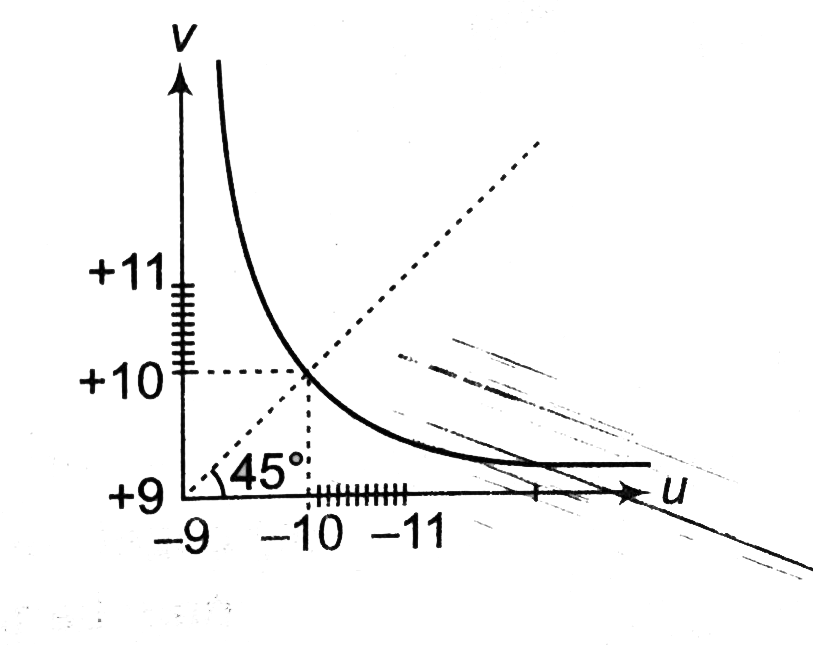If P(E)=0.05 , then P(¬ E)= −0.05 (b) 0.5 (c) 0.9 (d) 0.95
Step by step video & image solution for If P(E)=0. 05 , then P(not\ E)= -0. 05 (b) 0. 5 (c) 0. 9 (d) 0. 95 by Maths experts to help you in doubts & scoring excellent marks in Class 10 exams.
Updated on:21/07/2023Topper's Solved these Questions
Similar Questions
If P(E)=0.05 , then P(¬ E)= −0.05 (b) 0.5 (c) 0.9 (d) 0.95
View SolutionIf two events A and B are such that P(Ac)=0.3.P(Bc)=0.4andP(A∩Bc)=0.5,thenP(BA∪Bc)= (a)0.9 (b). 0.5 (c). 0.6 (d). 0.25
View SolutionIf P(A∪B)=0.8 and P(A∩B)=0.3 ,then P(A)+P(B)=
View SolutionIf P(E)=0−8,P(F)=0.5 and P(FE)=0.4, then P(EF)=
View SolutionIf P(E)=0.05, what is the probability of not E?
View Solution0.5×0.5+0.5÷5 is equal to (a) 0.15 (b) 0.25 (c) 0.35 (d) 0.45
View SolutionIf P(E)=0.05 , then find the probability of ¬E.
View SolutionIf A and B are two mutually exclusive events with P(A)=0.5,P(B')=0.6 then P(A∪B) is
a) 0 b) 1 c) 0.6 d) 0.9
View Solutionif 9x+2=240+9x, then x= 0.5 (b) 0.2 (c) 0.4 (d) 0.1
View SolutionThe graph between object distance u and image distancev for a lens is given below. The focal length of the lens is.
(a) 5±0.1
(b) 5±0.05
( c) 0.5±0.1
(d) 0.5±0.05.
 .
.
View Solution
